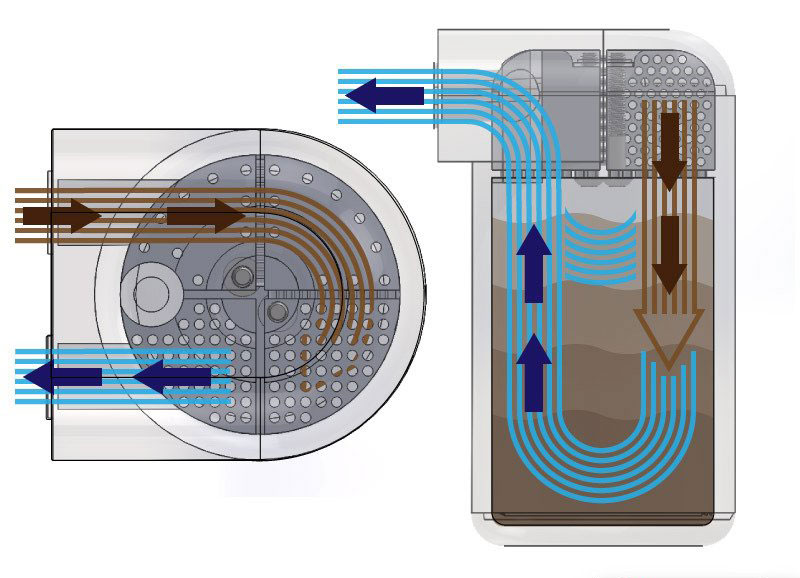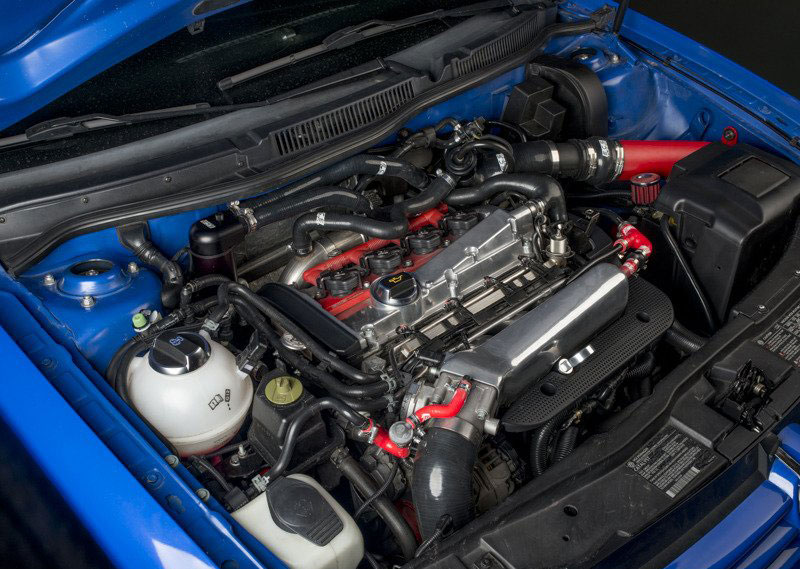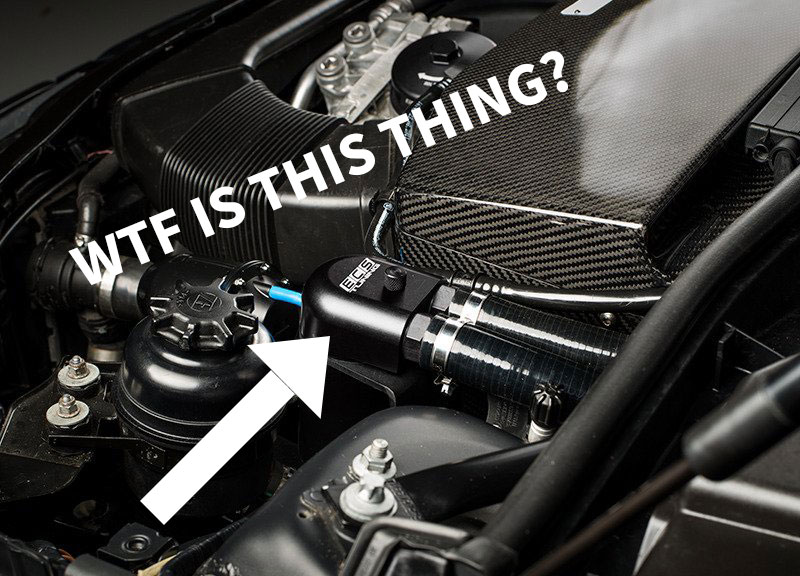While looking around our product catalog for something about which I can write, I stumbled across our fairly popular MK4 1.8T Baffled Oil Catch Can DIY installation. My first thought was that the DIY is something relatively simple and easy enough to figure out if you just look at the components briefly and have a rudimentary understanding of how your engine lubricates itself. Then it occurred to me that catch cans are one of those universal products loved by tuners and DIYers as an easy modification usually made early on, but not necessarily something they can describe easily. I want to take a moment and talk about the benefits of an oil catch can, how it works, and why it is most likely a modification you need.
Oil catch cans are incredibly common, especially on highly modified engines. On forums, you can find several roundabout answers ranging from ‘it helps keep your engine clean’ to proclaiming ‘it will prevent your engine from blowing.’ These vague responses are lacking in real answers as to what the actual purpose of a catch can is and how it functions to benefit your engine. This is a case where people are giving sound, albeit, uninformed advice.
So what does a catch can exactly do? A quality catch can is designed to run from the PCV (Pressure Crankcase Ventilation Valve) to a separate can with baffles or a filter and then back into the intake.
Ordinarily, as your engine operates, some gasses in the combustion chamber will ‘blow by’ the piston rings, taking with them air, gasoline, and oil particles that increase the pressure to the crankcase. The simple solution is a valve that opens when the pressure exceeds its resistance, which allows that high pressure to escape through the PCV and back into the intake, where it is mixed with intake air. This is perfectly fine as an easy ‘low maintenance’ solution, but has drawbacks over the life of the engine, especially if it has been modified for more power. Here is a breakdown of that flow through a catch can for you to visualize:

Here it is installed on our MK4. In the highlighted image, you can see where it sits and how the hoses route. In the unedited image, you can get an idea of what it looks like in an engine bay.


What the Baffled Catch Can does is place a filter or series of baffles in between the PCV and the intake. With the filter or baffles, the catch can separate the oil/gas/air blow by mixture, trapping the oil and contaminates, while it allows the cleaner air to pass through, drawn by a vacuum into the intake. This prevents the buildup of oil and other gunk on the intake ports and valves, preventing further wear issues with your top end and greatly improves the quality of air entering the combustion chamber.
This simple can benefits you in three ways:
Improves air quality from the intake
Prevents excessive buildup/oil burning
Reduces wear on the top end due to excessive buildup
All this means your engine has a more efficient combustion cycle, which allows your engine to operate more efficiently. So why don’t manufacturers install catch cans from the factory, especially on high-performance cars, direct fuel injection engines, or forced induction engines?
As I mentioned earlier, maintenance is a major concern for automakers. They want to provide the product that requires the least amount of steps to regularly operate as most buyers prefer easy to involved, even if that means they make sacrifices in other areas. A catch can requires you to remember two crucial maintenance steps that are simple enough but highly important:
Draining the catch can regularly
Removing or constantly draining the catch can in below freezing temperatures
It is critical that you drain your catch can as, if it fills up, will allow those particles it has been collecting to reenter the system, undoing all the positive desired effects for which you originally installed the can. Not only that but, if you know anything about how volume and temperature relate to a body of matter, you should quickly realize that a small container of liquid will freeze solid much more quickly than a larger body, not to mention the lack of insulation found on catch cans. If you live in a part of the world that experiences long periods of time at or below freezing temperatures, this will cause your catch can to freeze. Liquid when it freezes solid expands. This can cause obvious issues aside from frozen solid oil and contaminates possibly entering your system.
If you just remember to drain the can regularly and uninstall it in extremely cold weather, then your car will undoubtedly benefit from an additional system that ensures the cleanest possible air is entering your car and prevent the top end from building up gunk at such an advanced rate. Our Baffled Catch Can offers a simple installation with quality components designed to trap the most oil, gas, and contaminants found in the blow by gasses. This kit is fairly universal, and our .PDF installation instructions should quickly allow you to perform this highly beneficial modification from the comfort of your own driveway. Don’t let your engine continue to breathe its own gunk when there is an easy solution right here from ECS Tuning!






